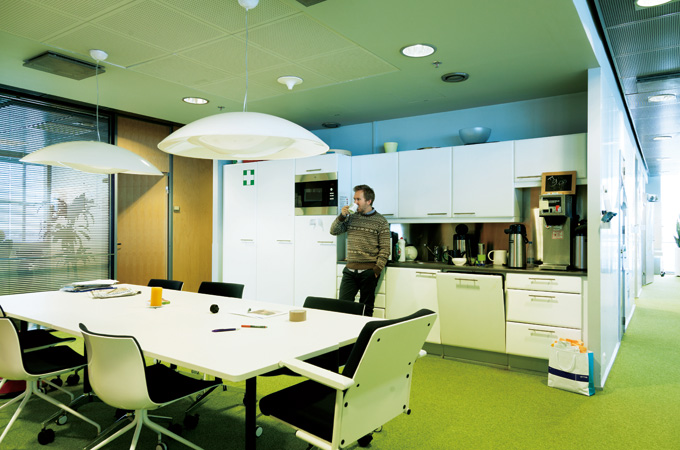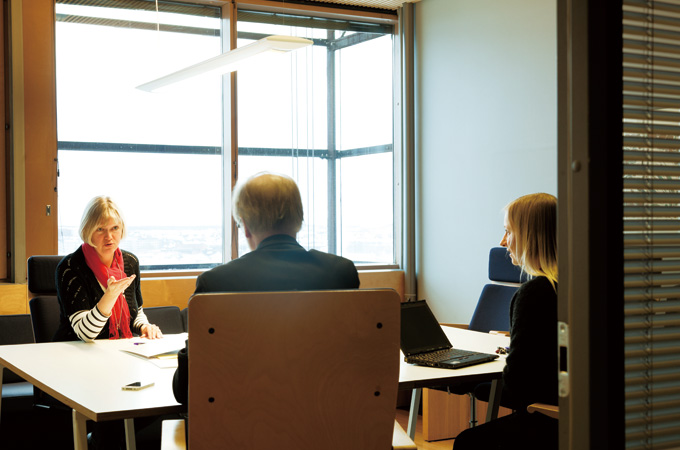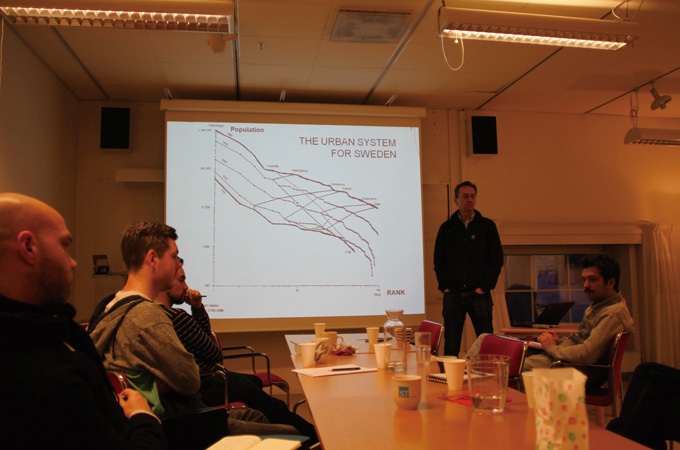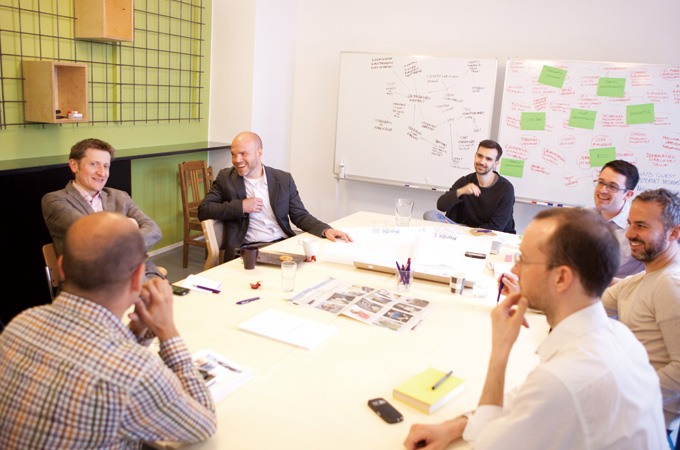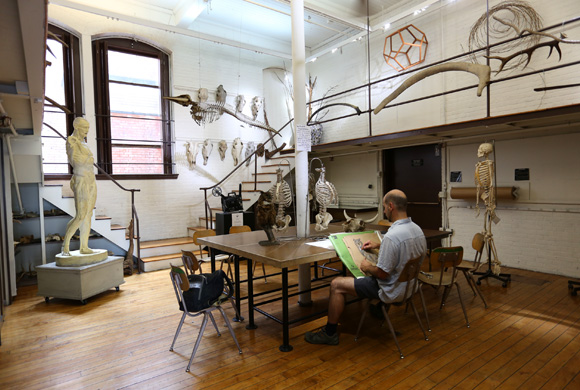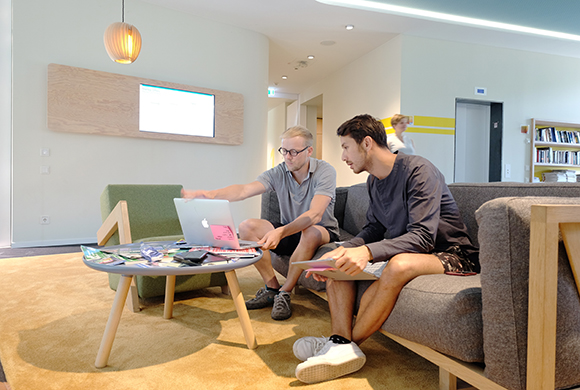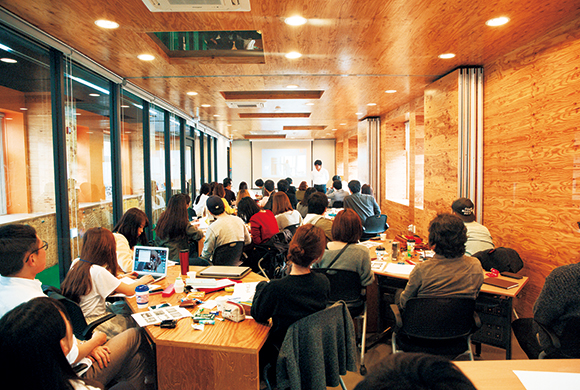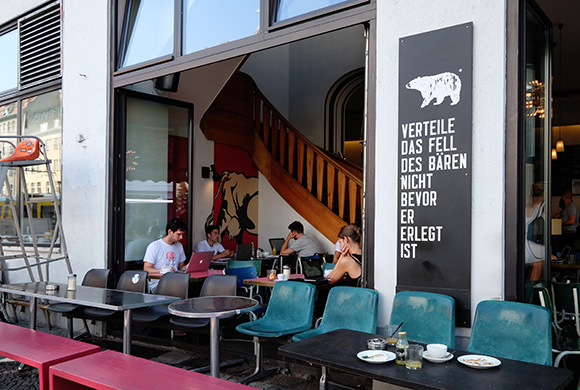Workplace
Oct. 3, 2016
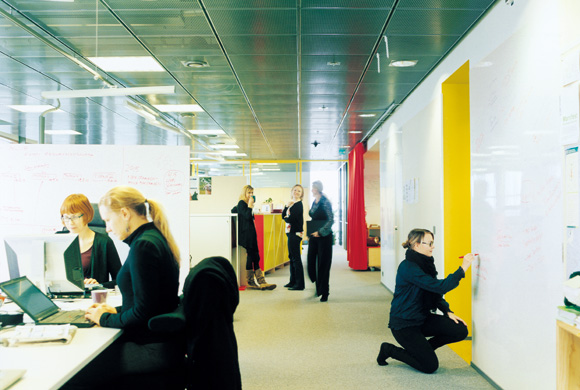
Eight Experts Bring Forth Social Reform
Financially Independent, Government-affiliated Governments affiliated Think-and-Do-Tank
[Sitra] Helsinki, Finland
The appropriate facilities were needed for a company that not only creates innovation pilots, but that sketches out design solutions
Sitra’s mission is the social innovation of Finland, and along with this, a top priority is to increase the country’s competitiveness. It is a public organization, but is politically and economically independent. Its greatest strength is that they can act on its own objectives. It achieves social innovation through the power of design; it began the project known as the Helsinki Design Lab, and implemented the program called the the Studio.
Experts are brought together from around the world to find solutions to complex social problems. In operating Studio, the emphasis is on four “Ps,” says Director Marco Steinberg: “These are the correct People, the correct Problem, the correct Process and the conductive Place.”
First, People, The number of expert design team is up to eight, which is thought to be an ideal size for this sort of collaborative works. A well-balanced team should be consisted of people with expertise, knowledge, experience, sociability and versatility and from different backgrounds.
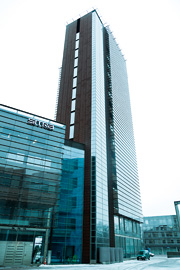 The office building, in the suburbs of Helsinki. Sitra occupies eight floors of the building.
The office building, in the suburbs of Helsinki. Sitra occupies eight floors of the building.
http://www.sitra.fi/en
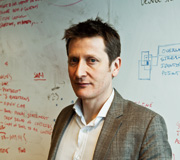 Marco Steinberg
Marco Steinberg
Director, Strategic Design
The team members are, for example, university lecturers, economists, people from the reform section of government offices and so on. Their positions, fields and nationalities are all different. Because of this diversity, problems can be observed from many angles. This is what they call the 360-degree Approach. Of the eight members, one experienced senior designer is appointed to lead and guide the project.
The second P is the Problem. This is to go deeper into the issues presented. For example, in thinking about the aging society, they created a framework including medical care, the ethics of death, and the employment of older people. Prior to the discussions, the team will interview the stakeholders and analyze the statistics and research results. Then, they will create a Challenge Brief to identify the problem clearly.
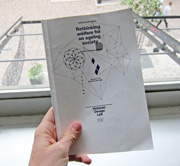 The Challenge Brief of the 2010 aging society team. The title is Reconsidering Welfare in the Aging Society.
The Challenge Brief of the 2010 aging society team. The title is Reconsidering Welfare in the Aging Society.
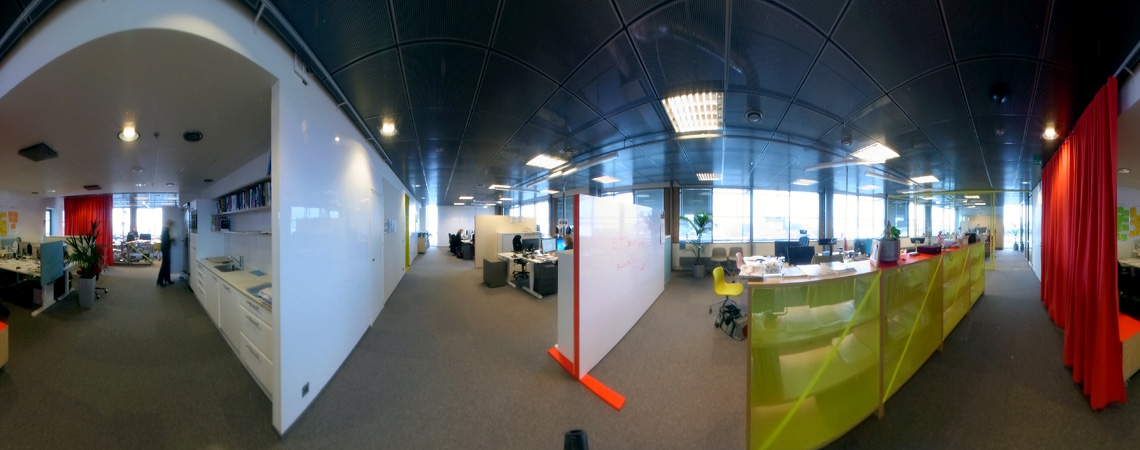
The office is divided by uses, with an open-space floor, a floor with private rooms and a floor with meeting rooms. The photo is of the open area.
 360°View
360°ViewThe office is divided by uses, with an open-space floor, a floor with private rooms and a floor with meeting rooms. The photo is of the open area.
*Touch Picture for 360° View
The third P is the Process. It is the way the team works. First of all, they need to have a clear plan for improvement. But this should start with re-thinking the whole issue from the first principles. Then, the best 10 specific action guidelines are proposed. In this way, they can start taking actions before the final decision is made.
The final P, the Place, is very important. Immersing the team in the challenge for a week means there are real living and working space requirements. These need to be seamless and help support the team’s work. Team members were housed in a hotel close to their working space, to help create a seamless-at home-routine.
The room layout may be changed and the desks and chairs can be moved. The large window and sofas can create a relaxed atmosphere. While tools such as whiteboards, large desks and digital equipment support the discussions, the team can share the project status and each other’s information on a board provided. In this space, the team create their original ideas that will make the innovation reality.
The themes of sustainability, the aging society and the education system have been discussed in the Studio.
From WORKSIGHT 04(June, 2013)
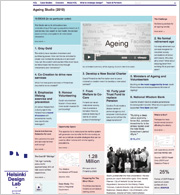 The content of all discussions held in the Studio are open to the public. Printed materials are released, while the Challenge Brief is released on the Web, as pdf files or images, and a four to five-minute digest video is created and shared.
The content of all discussions held in the Studio are open to the public. Printed materials are released, while the Challenge Brief is released on the Web, as pdf files or images, and a four to five-minute digest video is created and shared.
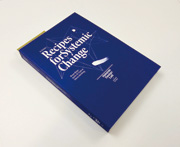 Recipes for Systemic Change, the book released by the 2010 Studio. It is sold not only in Finland but around the world.
Recipes for Systemic Change, the book released by the 2010 Studio. It is sold not only in Finland but around the world.


